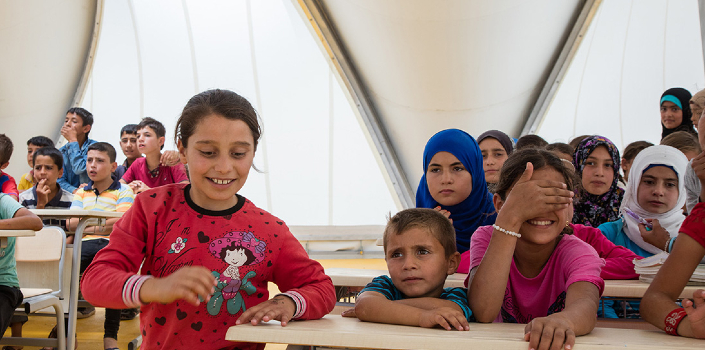“I was one of those displaced children, my first memories are of kindergarten in a bomb shelter”
Find out why WAN Awards judge Christos Passas knows first hand about the importance of architecture projects in the WAN Awards Humanitarian category. The Design Director for Zaha Hadid Architects also shares the previous work that means the most to him.
